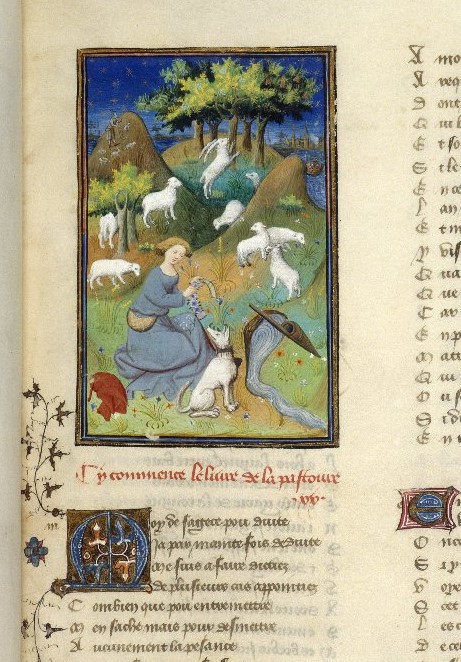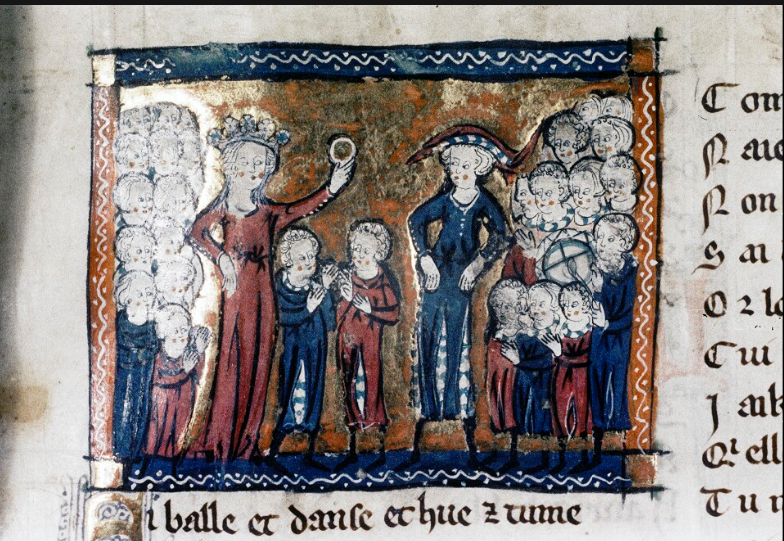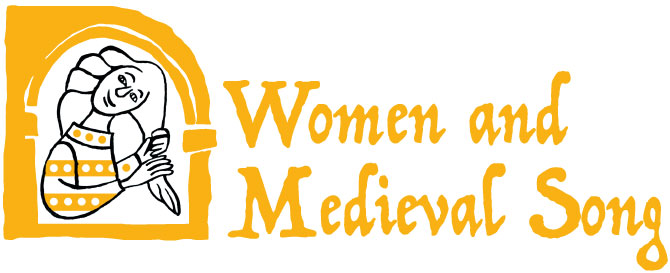
The Oïl-language pastourelle attracted the attention of some of the most important romanists of the 19th and 20th centuries. The French pastourelle is distinguished from the Occitan one by a certain lack of ideological positioning and by the fact that it mostly employs ‘popularising’ metrical-musical structures, often with a refrain. Scholars have recognised in these two characteristics possible traces of a lyrical tradition that existed prior to the first documented texts in the Romance language, focused on the presence of the female voice and only partially reflected in the later texts that have been transmitted. The interferences and possible relations between the two Gallo-Romance forms of the pastourelle are complex and must always be considered within the context of one indisputable chronological fact: the five oldest French pastourelles that can be dated with certainty are those of the Artois poet Jean Bodel, from around 1200. This is about sixty years after L’autrer jost’una sebissa (BEdT 293,030), the composition by Marcabrú that initiated the genre.
However, as things stand, there is no doubt that the French pastourelle enjoyed greater success in the Middle Ages than the Occitan one. This is evident not only from the extent of the two corpora that have been preserved (around 150 texts in the language of Oïl compared with around thirty in the language of Òc) but also from the assessments made by contemporary treatises. In the first decade of the 13th century, the Catalan troubadour Raimon Vidal de Besalú wrote in his Razos de trobar —the oldest known description of a Romance language— that French is, in relation to Occitan, not only a more suitable language for writing novels (roman) but also for writing pastourelles. More than a century later, this opinion —albeit with some modifications— still appeared in the extensive treatise Leys d'amors, where the success of the pastourelle genre in French is attributed to the greater use of the popularising metrical-musical structures mentioned earlier. It is no coincidence that the pastourelles in the language of Oïl serve as models for texts in the Galician-Portuguese and Italian spheres, where even an author so closely related to Dante, such as Guido Cavalcanti, draws on this tradition.
The most common form of the Oïl-language pastourelle (the one considered ‘classical’) features the lyrical ‘I’, a knight, wandering through the fields until he meets a shepherdess whom he tries to seduce. This encounter leads to a dialogue which, unlike in the Occitan version of the genre, usually avoids discussing courtly ideology and tends towards an erotic conclusion. However, there are cases where the male protagonist is rejected by the shepherdess, or even by the intervention of other members of rural society, such as her fiancé or father. It should be noted, though, that when the girl —often portrayed as greedy and ambitious— rejects the knight’s advances, she does so for purely practical reasons rather than out of genuine moral scruples.
The male lyrical ‘I’ employs diverse strategies to achieve his aims, including some that are typical of Oïl-language texts: the use of gifts, such as jewellery or dresses, or, in some cases, rape. The latter motif appears in almost a quarter of the surviving French pastourelles. In some cases, in which the brutality of the male protagonist is clear, the genre may have been used to express social resentment against knights, perhaps by the rising bourgeoisie of Artois, of which several authors of pastourelles (starting with Jean Bodel himself) were a part. Other scholars see, in these amorous dynamics, scenes intended to amuse the upper social classes, including the ridiculing of rural inhabitants.

There are distinct features of the French pastourelle that accentuate the theatrical dimension inherent in the genre, particularly through the dialogical exchange between the protagonists. Oïl-language texts depict a much more populated rural world than their Occitan counterparts, a world where shepherds and shepherdesses bear characteristic names that clearly identify each character in the bucolic scene (Robin, Perrin; Marion, Marot, etc.). The theatrical element is also present in another lyrical-narrative type of pastourelle —less prevalent than the ‘classical’ type but well represented in the North, and almost absent in the South— the so-called ‘objective’ type. In this case, the lyrical ‘I’ observes and sometimes participates in discussions and country scenes involving shepherds and shepherdesses. The text culminates in the portrayal of the dialectical dynamics between the various characters that enliven the rural space.
Within northern French culture, the rural scenes brought to life in the pastourelles were soon also represented in theatrical contexts. One of the two jeux described by Jacques Bretel in his Tournoi de Chauvency (1285), entitled Robardel, is set as a dance depicting the courtship between a shepherd and a shepherdess. But the most significant stage adaptation of the pastourelle is undoubtedly the Jeu de Robin et Marion by Adam de la Halle, a poet from Arras and the first medieval playwright to stage secular themes. This piece, commissioned by Charles I of Anjou (a king who, at least in his youth, was also a troubadour), was performed in Naples between 1282 and 1285. Its first part dramatizes a ‘classical’ type of pastourelle, the attempted seduction of a shepherdess by a knight. The second part is a pastourelle of the ‘objective’ type, with a significant focus both on the second failed amorous attempt by the male character and also on the description of the rites and games of a large country feast. The stage action includes poetic texts to be sung, revealing the lyrical universe that serves as a reference model for the theatrical representation, in a mise en abyme that demonstrates the rich dramatic potential of the French pastourelle.
(English translation by Pol Bridgewater)
